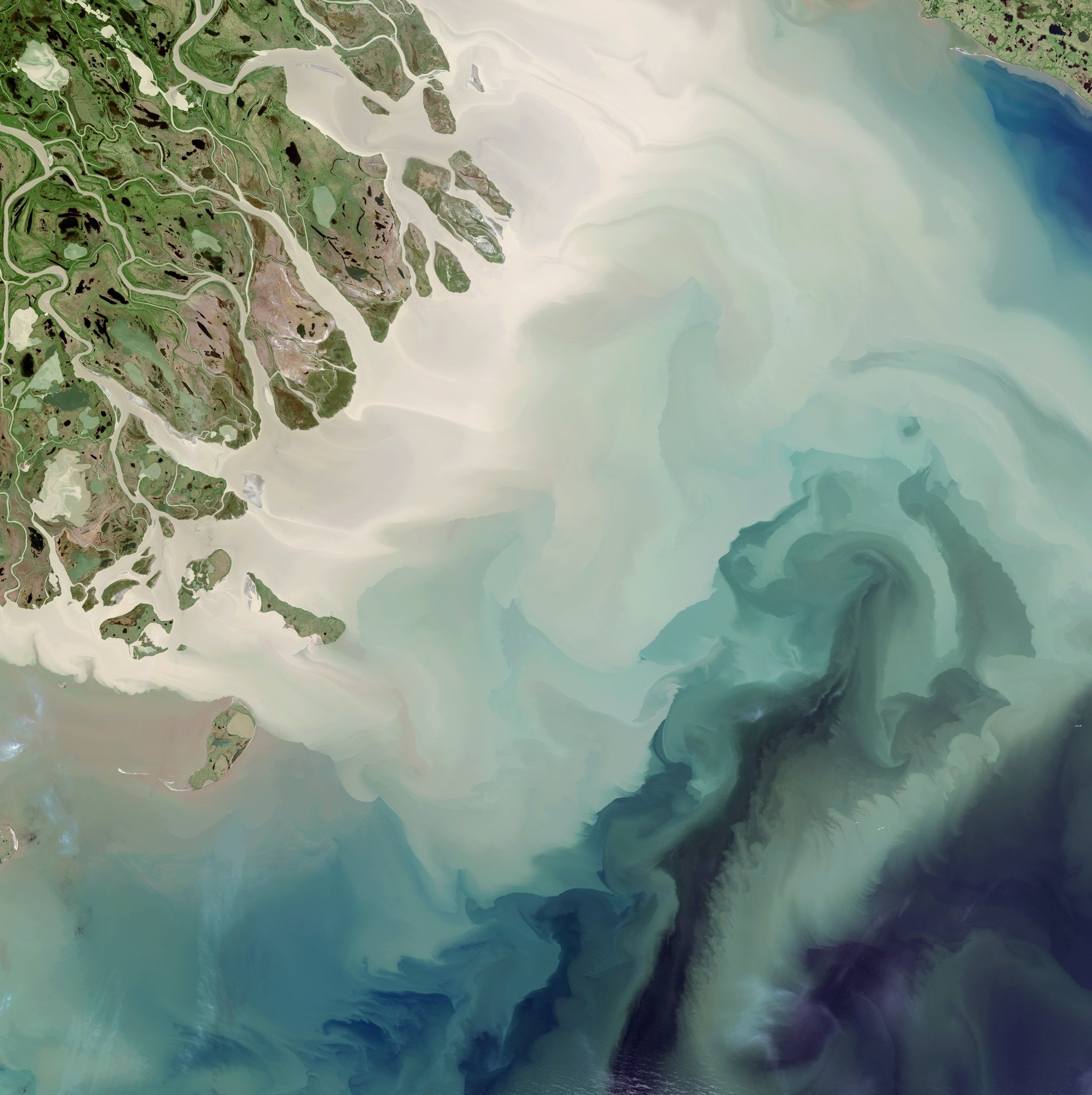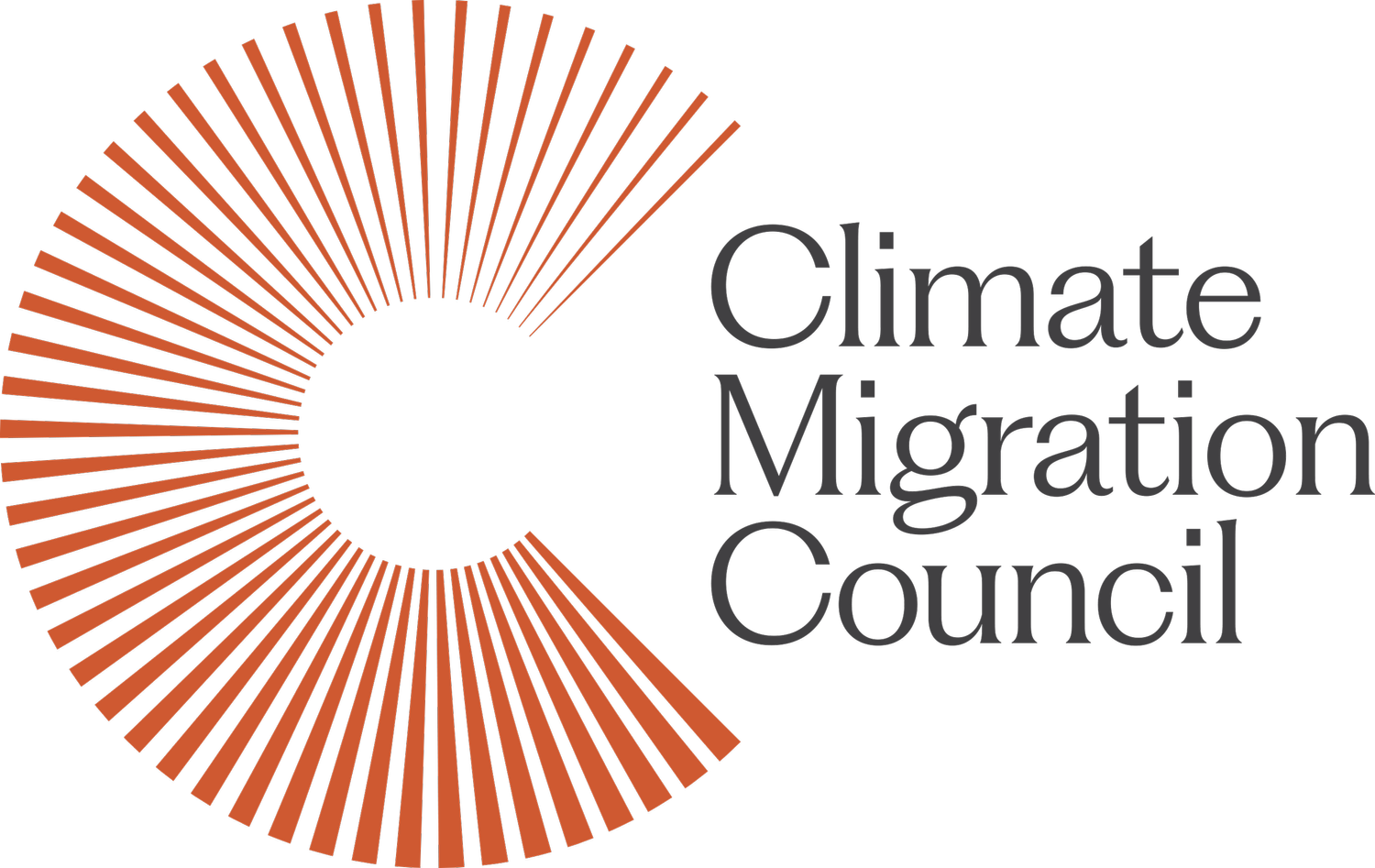
Rising temperatures and climate disasters are forcing a record number of people across the world to migrate.
Climate and weather-related disasters have increased by 500% in the last 50 years, accounting for 74% of all reported economic losses and nearly half of all reported deaths due to natural hazards.
Climate-driven migration is also a global issue that’s accelerating, with over 200 million individuals expected to be displaced by 2050 due to climate crises.
Already, residents of Isle de Jean Charles have been forced to relocate due to climate change-related land loss in Louisiana, USA; in Honduras, climate migrants have fled due to devastating hurricanes and cyclones; and in the Horn of Africa, devastating droughts are drying up water sources and forcing people to leave their homes in search of food, water, and pasture for their cattle.
While there is an international consensus about what must be done to mitigate climate change, no similar consensus exists about how to address climate migration. While a global advocacy movement pressing for rapid decarbonization has gained significant traction, there is no corresponding advocacy movement pushing for the responsible and humane management of people that have been and will continue to be, displaced by our changing climate.
Climate change’s effects can no longer be disconnected from their most direct impact on people: forced migration.
The imperative for action is clear – it is time for an interconnected response to these deeply interconnected and urgent challenges. That is where the Climate Migration Council comes in.
Learn more about the effects of climate change on human mobility:


